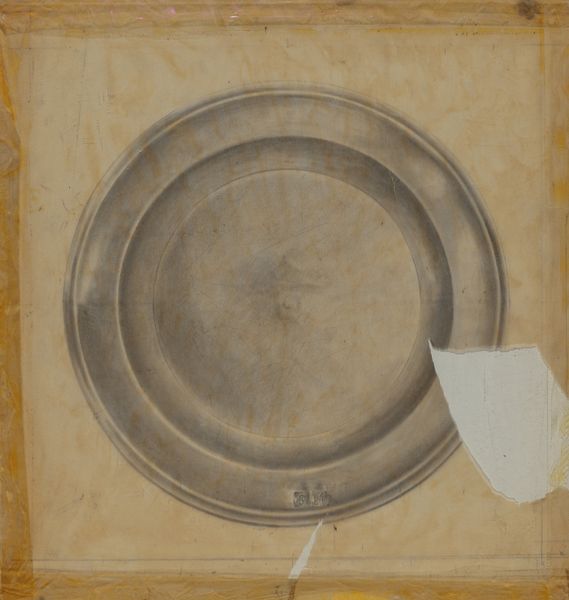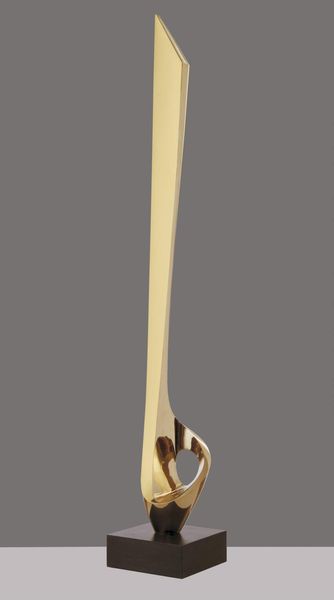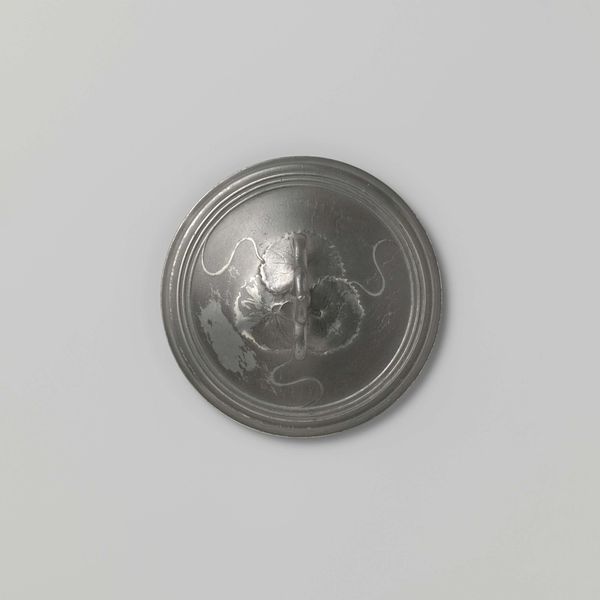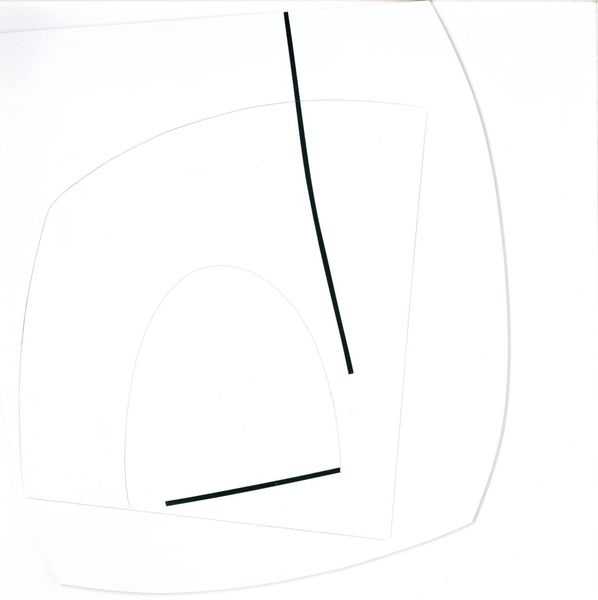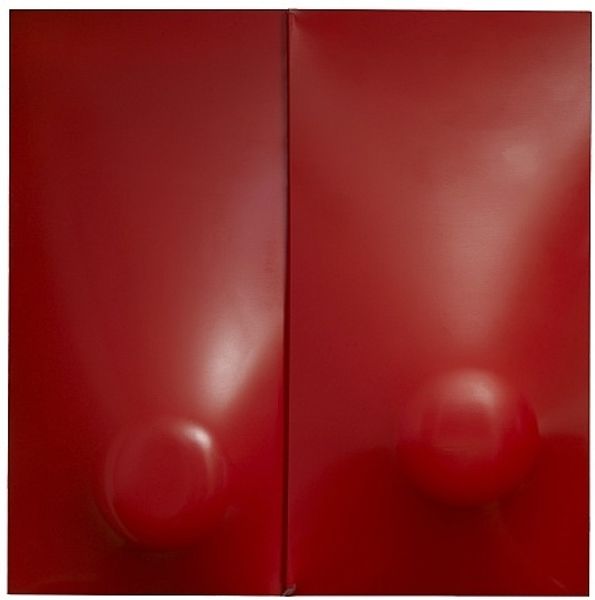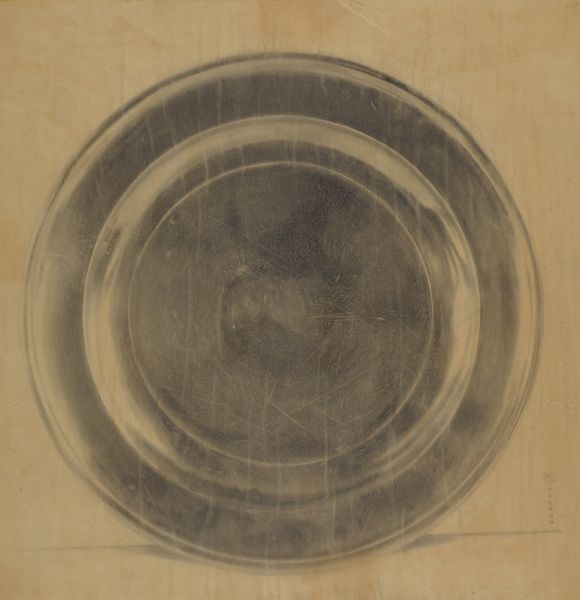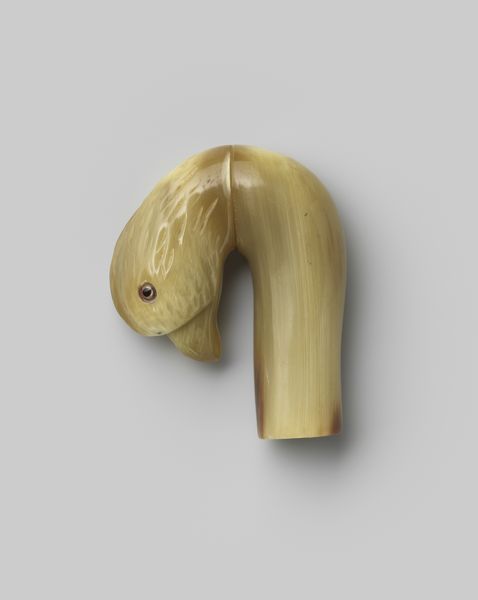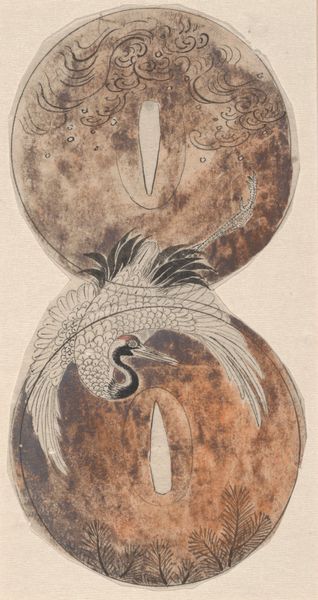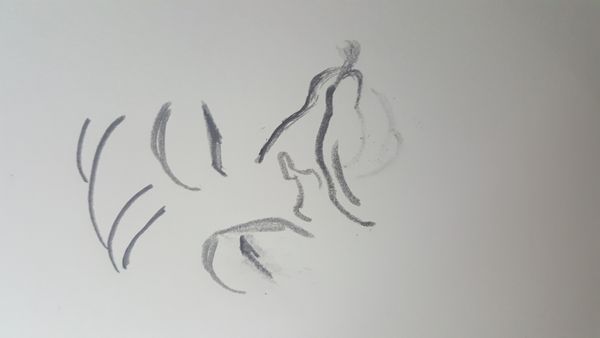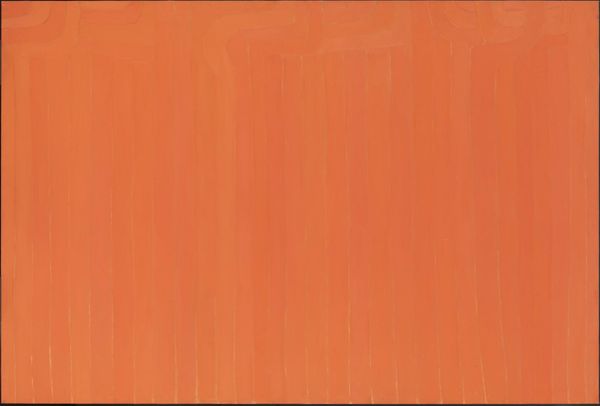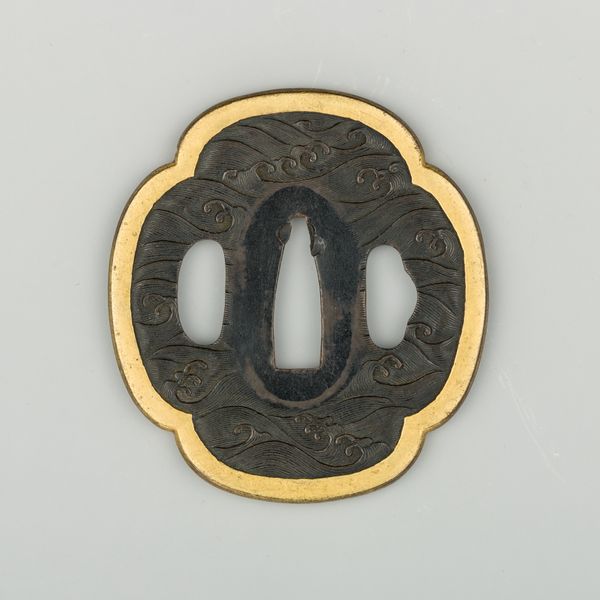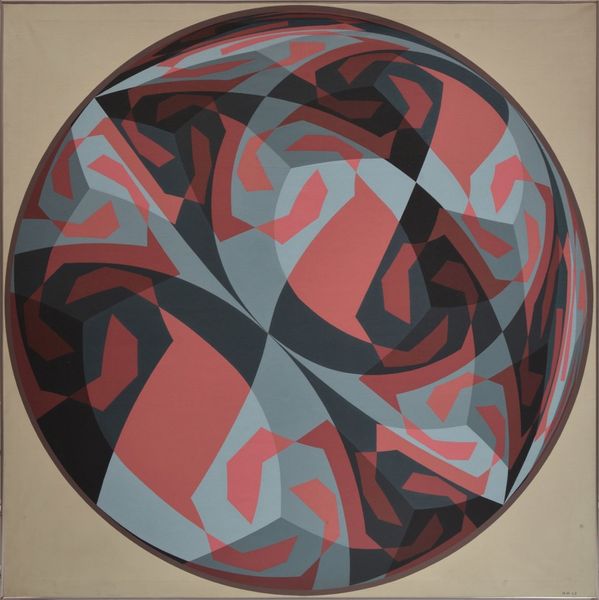
painting, oil-paint, acrylic-paint
#
portrait
#
painting
#
oil-paint
#
acrylic-paint
#
abstraction
#
modernism
Copyright: Abidin Dino,Fair Use
Curator: Abidin Dino created this arresting painting, "Hand (Tribute to Ingres)," in 1980 using acrylic and oil. Editor: The warm palette creates a cozy effect, almost womb-like. I'm immediately drawn to the intimate interlocking of these hands. Curator: Indeed. The focus on hands, particularly the rendering of skin tones and the almost tangible sense of touch, situates this work within Dino's broader exploration of the human condition, themes of connection, and, frankly, his socialist politics. The hand is an explicit symbol of labor. Editor: And there's a tenderness that feels revolutionary given the frequent dehumanization of workers. I find myself thinking about the historical portrayal of hands, especially in art depicting manual labor and how they have been depicted as almost tools or implements themselves rather than expressive parts of the body. The choice to make the hand so soft and expressive does change that. Curator: Exactly! Abidin was concerned about what the means of production and social realism could say in contemporary art, beyond say the immediate need to create agitprop. But let’s also look at materials; consider how acrylic paint allowed him to create subtle layers while ensuring longevity compared to the cheaper water-based options that an earlier agitprop artist might be stuck using! The canvas size and form allows these tactile moments to have maximum effect. Editor: In looking at these choices through Dino's political history, I am struck how this piece could act as a quiet comment about political and collective empowerment as a group action rather than solo acts, reflecting on communal activism through the representation of labor's most effective tool. Curator: The simplicity of the color palette brings our attention to materiality, almost pushing against formal ideas around portraits, the way a modernist approach asks to challenge academic styles that Ingres held, without a doubt pushing it towards abstraction. Editor: Reflecting on this circular image makes me ponder the potential messages regarding collaboration and unity through material exploration and subtle political narrative, that is both aesthetically engaging, and invites discussion of socio-political histories through common motifs.
Comments
No comments
Be the first to comment and join the conversation on the ultimate creative platform.
